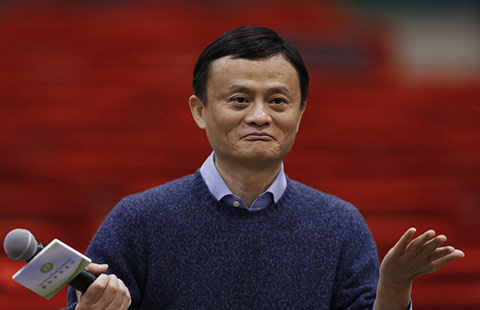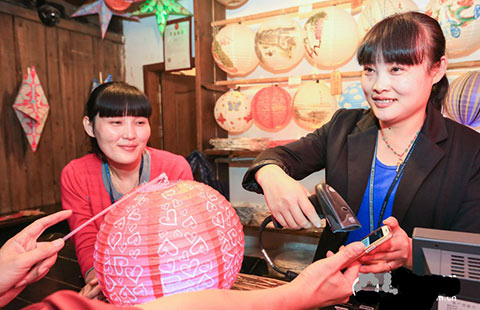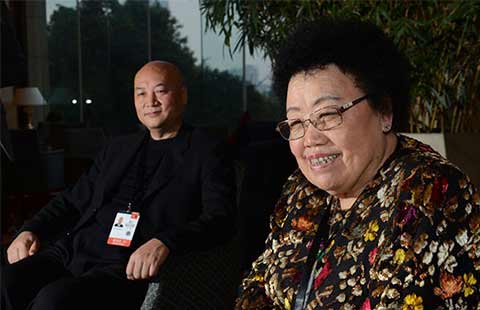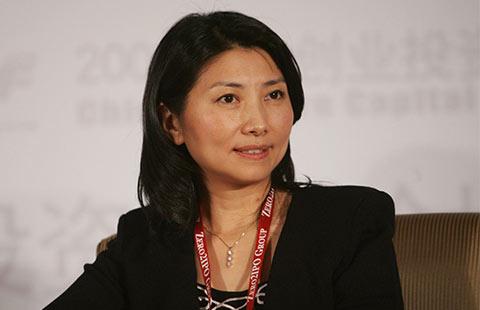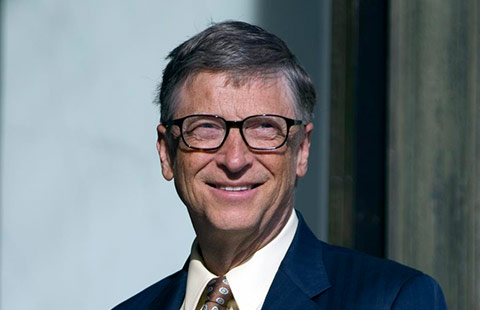Service robots a big hit at expo
(Xinhua) Updated: 2015-12-14 10:18Shi Zhongzheng, 5, excitedly gripped his badminton racquet as he delivered a serve to his opponent-a small black robot making measured moves across a demonstration court.
As the shuttlecock descended, the machine deftly slid across the court, dexterously flicking its racquet to return the serve. "So cool!" Shi exclaimed.
The robot played tirelessly for most of the day as passers-by at the World Robotics Conference in Beijing stepped on the court to test their meddle.
"It's so wonderful that it responds so swiftly. It can even play doubles!" Shi said.
The three-day event in November was filled with wonders of modern technology-from robots that can take care of children or delivering food to highly precise models capable of conducting surgery.
Currently, the global market is dominated by industrial robots, which account for 80 percent of the demand.
However, in the long term service robots will become a huge industry, Chinese vice president Li Yuanchao said at the opening of the conference on Nov 23.
During the Singles' Day online shopping holiday on Nov 11, sales of a vacuuming robot were listed as one of the top ten online home appliances purchased during the event, Li said.
Facing the problems of an aging population and shrinking labor pool, China is seen as a promising potential market for service robotics.
Machines capable of making life easier for seniors were of particular interest to Xiong, 82, and his wife, who requires a wheelchair.
Sun Ye, president of Shanghai Kuailu Investment Group, said that the company has recently invested in a robotics program in anticipation that service robotics will become a mainstay for Chinese families in the future.
Ni Jian'an, an official with the robotics development department of Intel Corporation, said the market of service robotics is expected to grow by 25 percent annually in the Asia-Pacific region, of which China will be a main contributor.
- 170 SMEs debut on New Third Board
- Housing subsidies may be on the way in smaller cities
- Sensible exit management gives edge over rivals
- Officials admit to faking economic figures
- Dutchman at home in Shanghai
- Going heavy is good for AVIC
- Law firms seek to boost Belt and Road
- Budget airlines turning faster, cheaper in China
